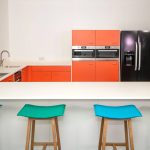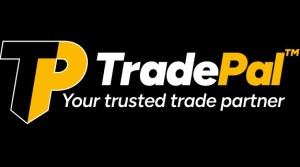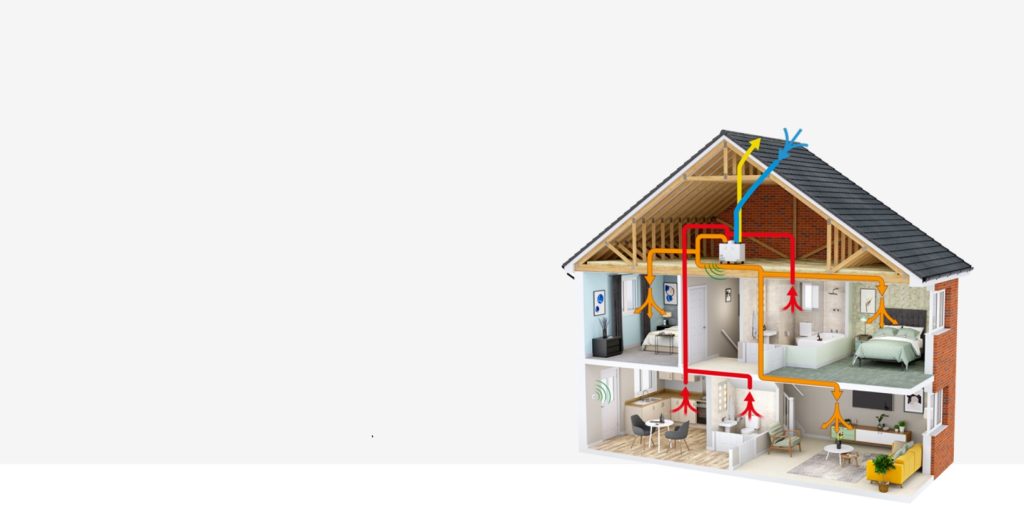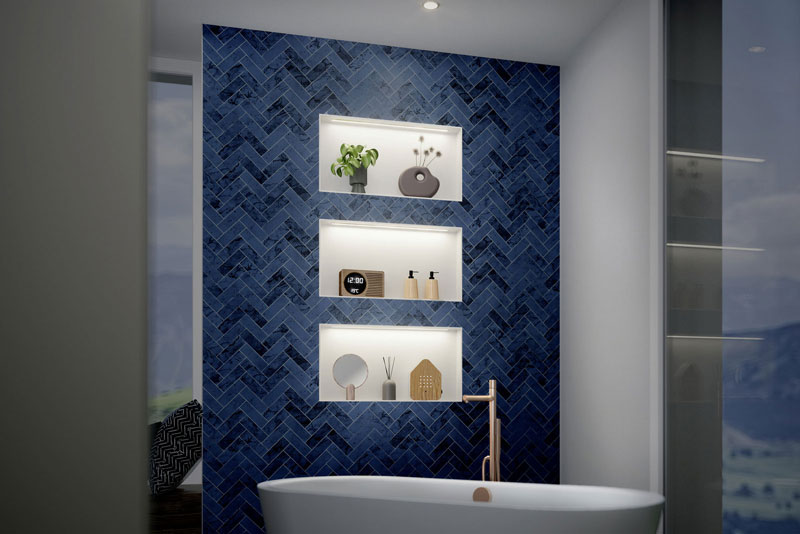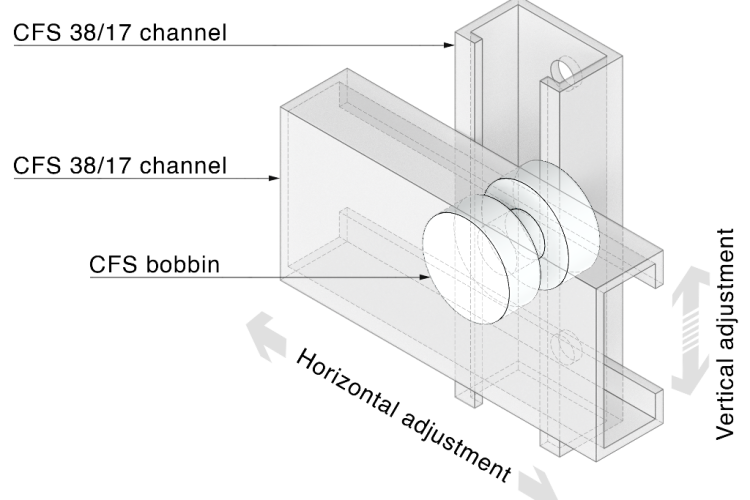MCRMA publishes advice note on the amendments to Building Regulations

The Metal Cladding & Roofing Manufacturers Association (MCRMA) has published an Advice Note titled AN 4: The Building (Amendment) Regulations England 2018 which relates to the announcement of important amendments to Building Regulations and Approved Document B for England announced by the Ministry of Housing, Communities and Local Government. The amendments relate to external wall constructions for relevant residential and institutional buildings.
For works commencing after February 21, 2019, the government is banning the use of combustible materials in the external walls of most residential buildings above 18 metres (see 3 below) following Dame Judith Hackitt’s conclusion that “the lower risk option is to use products that are non-combustible or of limited combustibility”. This is being achieved through legislation and not guidance, thus removing the discretion of duty holders to use testing or engineering assessments in the choice of materials.
The Advice Note summarises the main points of the amendment and Approved Document B, which you can read below.
The following is a summary of the main points of the Amendment and the Approved Document:
1. Two amendment documents have been introduced – Building (Amendment) Regulations 2018 constitutes a change to legislation and an associated amendment to Approved Document B Vol 2 reflects the changes in Regulations and provides further details.
2. Building (Amendment) Regulations 2018 applies solely to relevant buildings: “a building with a storey (not including roof-top plant areas or any storey consisting exclusively of plant rooms) at least 18 metres above ground level and which – (i) contains one or more dwellings; (ii) contains an institution; or (iii) contains a room for residential purposes (excluding any room in a hostel, hotel or boarding house)”.
3. Building height is effectively defined as being: “the lowest ground level adjoining the outside of a building to the top of the floor surface of the (uppermost) storey.”
4. The Amendment to Approved Document B Vol 2 leaves the external wall requirements of Section 12 unchanged for non-relevant buildings.
5. Regulation 7(2) requires that “materials which become part of an external wall, or specified attachment, of a relevant building are of European Classification A2-s1, d0 or A1”. Discretion is not allowed, regardless of supporting testing evidence or expert opinion. Therefore, for new buildings that includes all the materials (subject to 7 below) in the external wall, but in the case of “material alterations … as defined in the Building Regulations” such as remedial works, it only applies to materials fitted during the alterations (new or having been removed). Having considered MHCLG Advice for Building Owners (such as Advice Note 11), if a building risk assessment concludes that ‘material alterations’ are needed, any new materials required will be subject to Regulation 7(2).
For example, it would not be permissible to replace polyethylene cored ACM (MHCLG Cat 3) with FR Class B ACM (Cat 2), regardless of the insulation or the existence of testing evidence, despite the fact a building with FR ACM and limited combustibility insulation is very unlikely to require remediation. It is also impermissible to replace combustible insulation and re-use existing FR ACM panels as these become part of the wall again.
- Attention is drawn to Regulation 6(3) which requires that in a material change of use (e.g. hotel to residential), “any external wall, or specified attachment, of the building only contains materials of European Classification A2-s1, d0 or A1”. This presents a significant issue for new and existing timber framed or SIPS buildings, buildings with combustible sheathing boards etc.
- There is a finite list of exempted items from the 7(2) regulation:
a) cavity trays when used between two leaves of masonry
b) any part of a roof (other than any part of a roof which falls within paragraph (iv) of regulation 2(6)) if that part is connected to an external wall
c) door frames and doors
d) electrical installations
e) insulation and water proofing materials used below ground level
f) intumescent and fire stopping materials where the inclusion of the materials is necessary to meet the requirements of Part B of Schedule 1
g) membranes (AD B: Class B-s3, d0)
h) seals, gaskets, fixings, sealants and backer rods
i) thermal break materials where the inclusion of the materials is necessary to meet the thermal bridging requirements of Part L of Schedule 1; or 3 j) window frames and glass.





